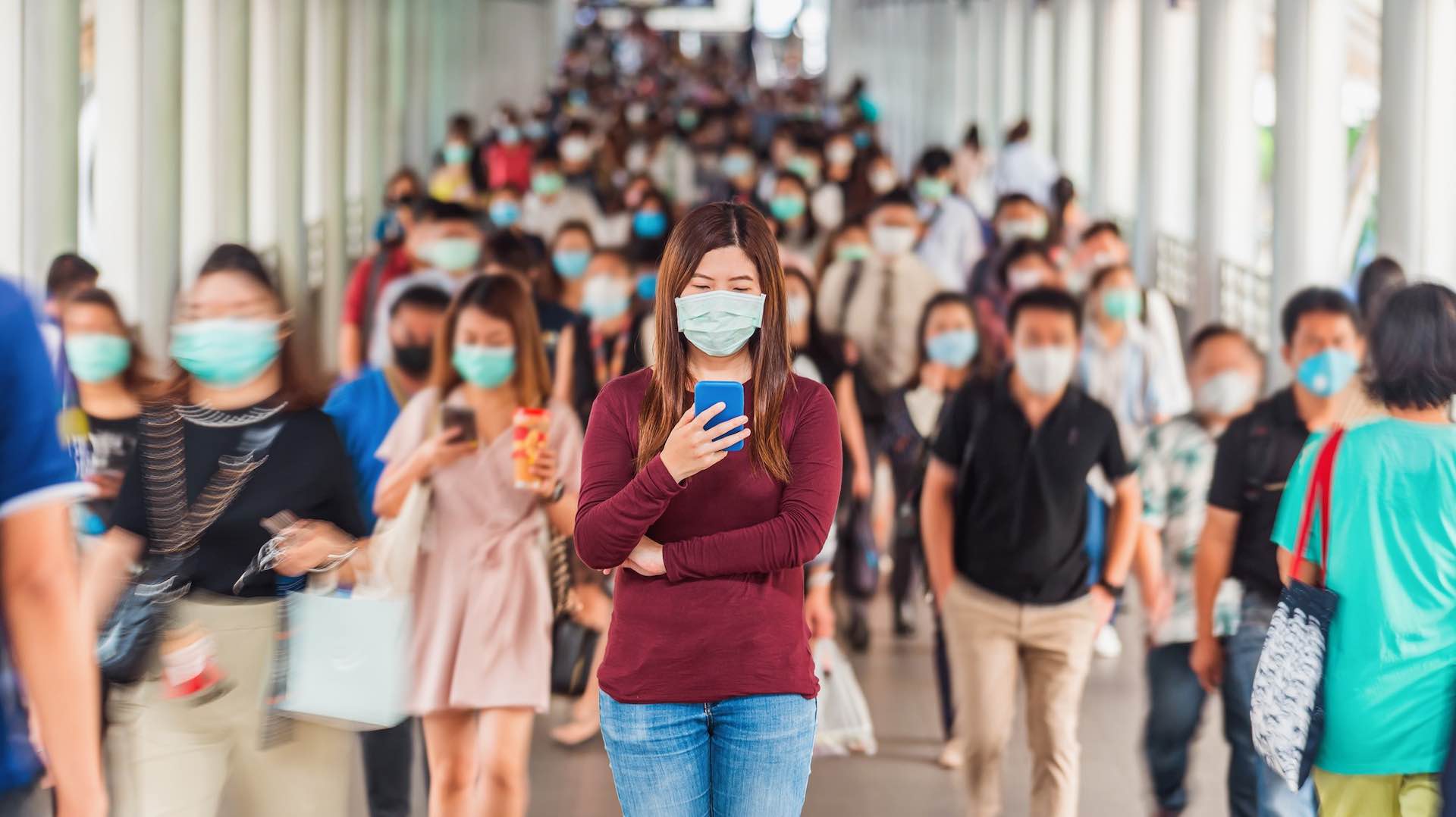China’s COVID-19 situation is teetering on the brink of a precipice. The populous nation is potentially staring down an unprecedented spike of 65 million cases per week by June, escalating global concerns and prompting urgent deliberation on the pandemic’s trajectory. With the ominous cloud of the pandemic hanging over the streets of Beijing’s central business district, the grave reality of the situation is evident in the sea of face masks among commuting crowds.

The genesis of this predicament can be traced back to April, when the arrival of the novel XBB variant stirred a new COVID-19 wave. Detailed insights into this disconcerting trend come from Zhong Nanshan, a respected respiratory disease expert, whose projections stand in stark contrast to the narrative from Chinese health officials.
Abandoning its zero-COVID strategy in December, Beijing adopted a new mantra of “living with the virus,” leading to a cessation of updates on infection rates by the Chinese Center for Disease Control and Prevention. This sudden policy shift coincided with an estimated eruption of 37 million new daily infections in subsequent weeks, with experts estimating nearly 80% of China’s vast 1.4 billion population having been infected during this initial wave.
Yet, it is the ensuing wave since April that raises alarm bells. According to Zhong’s models, this wave is expected to result in 40 million weekly infections by May, escalating to a staggering 65 million by June. Contrarily, Chinese health officials had previously expressed confidence that the wave had peaked in April. However, data from Beijing paints a grim picture, with a fourfold increase in new infections within a single month.
While vaccines targeting the specific XBB variant are on the horizon, the potentially astronomic rise in COVID-19 cases has triggered unease in global markets. China’s immunity strategy, which excluded foreign-sourced mRNA vaccines and relied heavily on stringent containment protocols, has drawn criticism and skepticism, mainly due to its implications on developing natural immunity.
Yanzhong Huang, a senior fellow for global health at the Council on Foreign Relations, emphasizes that extensive testing alone can reveal the true extent of this surge. Nevertheless, he asserts, “We shouldn’t worry if China doesn’t worry,” highlighting the country’s evolving approach to coexist with the virus.
Compared to nations like the U.S. and Australia, China is just beginning its journey towards treating COVID-19 as an endemic. This new wave, according to Catherine Bennett, an epidemiologist from Deakin University in Australia, will critically test the effectiveness of China’s vaccines and boosters.
The lingering presence of the virus in China, coupled with a possible decline in public immunity, also triggers fears of an emergent, more lethal sub-variant. However, Bennett finds some reassurance in the relatively mild symptoms and negligible genetic divergence from the last significant variant, Omicron.
Still, skepticism surrounds China’s official data release, particularly given the delay in the release of marriage and funeral data for Q4 2022. This has led to speculation about the actual extent of the first wave’s spread. Vincent Pang, from Duke-NUS Medical School in Singapore, underscores the importance of sharing data on a global platform, asserting, “Infectious disease does not respect geographical boundaries.”
